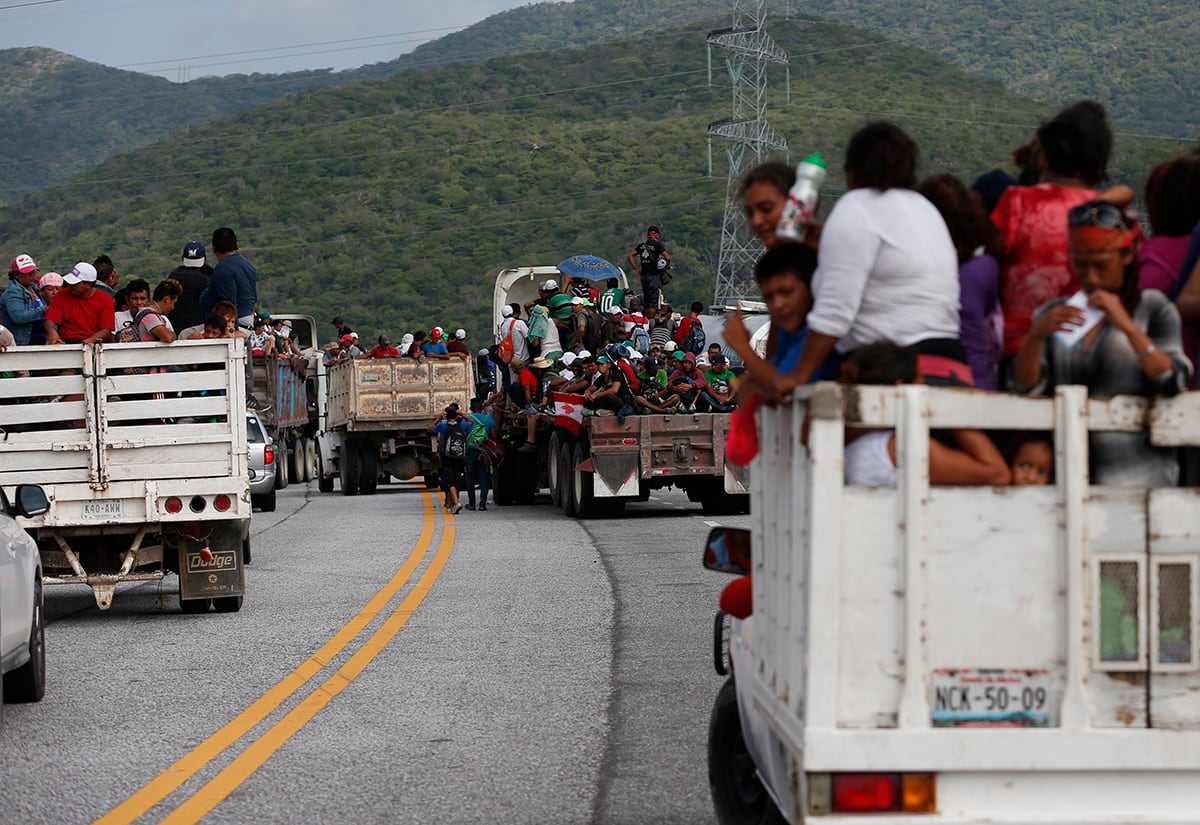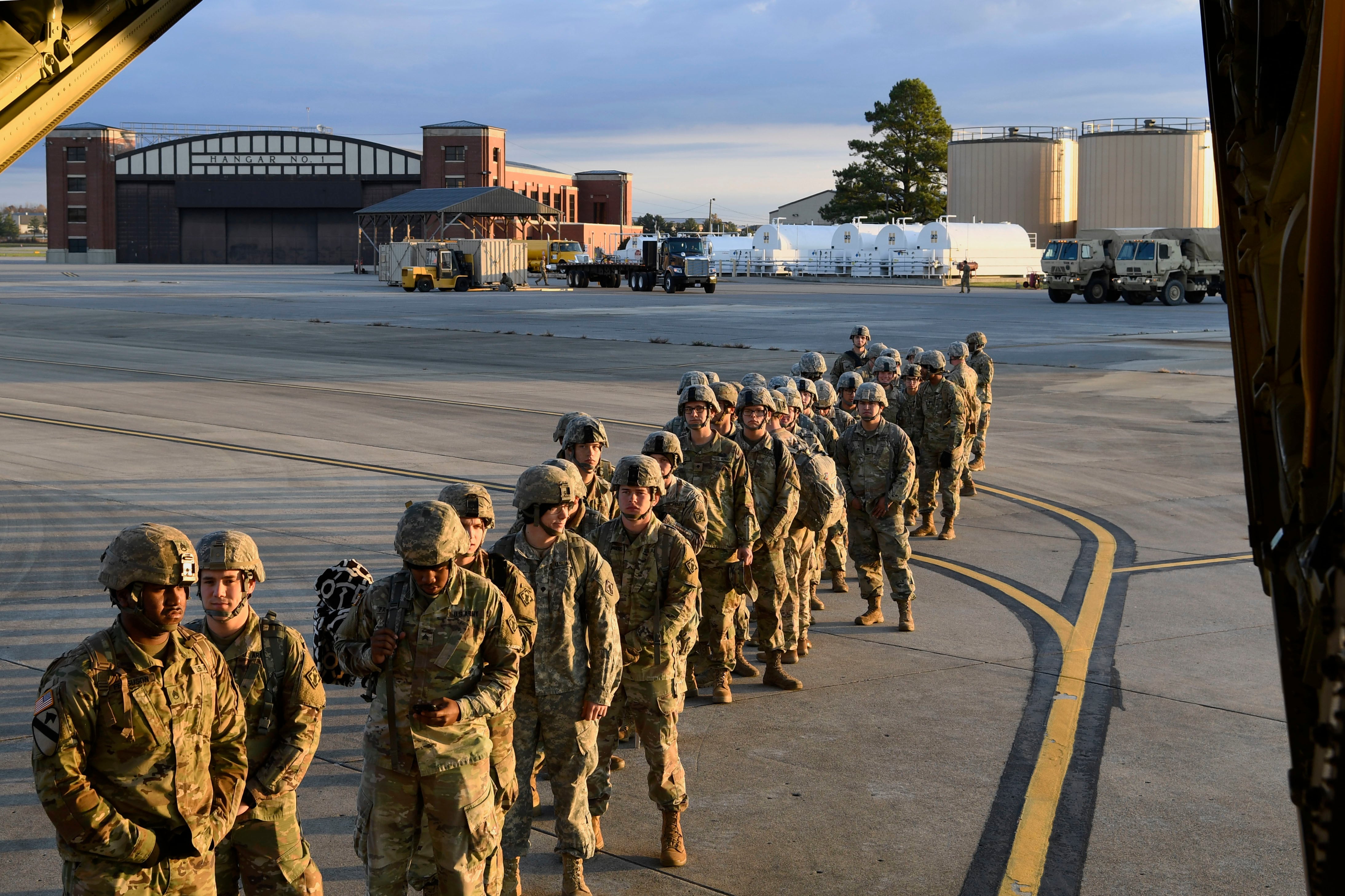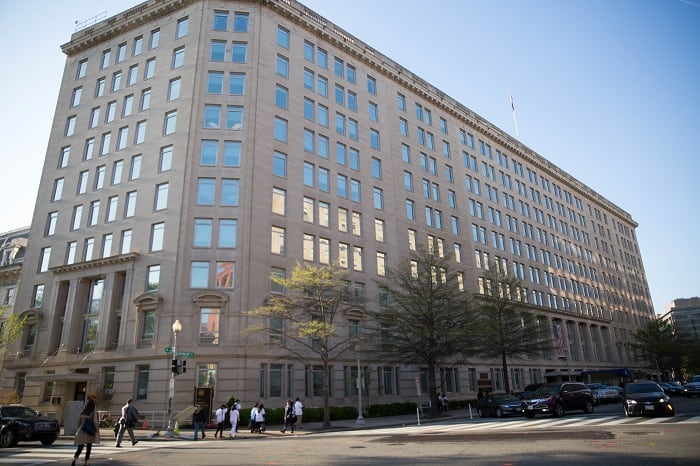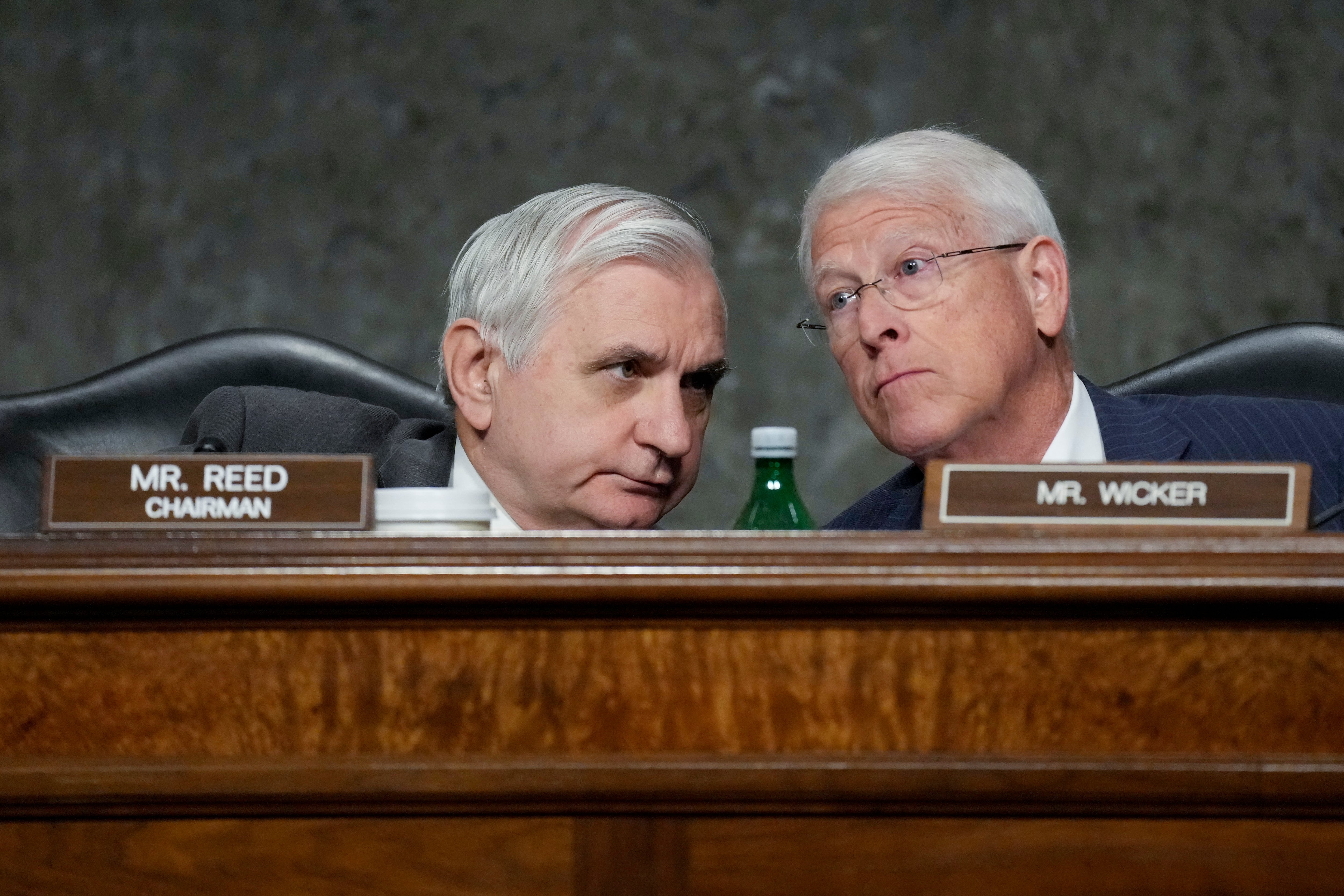WASHINGTON — As the number of active-duty troops headed to the U.S. southern border continues to rise, critics are demanding answers on how long the controversial mission will last and how much it will cost.
In a letter to Defense Secretary Jim Mattis on Thursday, 108 House Democrats blasted the commitment of more than 7,000 troops to southern states as “another example of the President using fear-mongering tactics” rather than sound national security policy.
They want to know specifics on the timeline for the mission, costs of the effort and “what is the nature of the expected interaction” with migrants.
RELATED

“This effort is nothing short of a militarization of the southern border to score political points and stoke misleading fears among Americans regarding immigrants,” wrote the group, which includes House Armed Services Ranking Member Adam Smith, D-Wash., and House Homeland Security Committee Ranking Member Bennie Thompson, D-Miss.
“In addition, this decision negatively impacts the readiness of our military personnel who could be training to increase their effectiveness in line with their assigned missions and expertise.”
President Donald Trump has said he could send as many as 15,000 active-duty military members to assist border security and National Guard personnel already working on preventing migrants from crossing illegally into the United States.
In recent days, he has pointed to a caravan of several thousand Central Americans headed through Mexico to the U.S. border as a serious national security threat, and criticized Democrats for encouraging the foreigners by not supporting his stricter immigration proposals.
Pentagon officials have not yet detailed how long the operation — “a range of assistance, including planning, engineering, transportation, logistics and medical support” — will last. About 5,200 service members are already headed to the border, with an additional 2,000 on standby.
About 2,100 National Guard troops have been operating in the area since the spring.
Officials at the Center for Strategic and Budgetary Assessment on Friday estimated that a 10,000-troop deployment that lasts until mid-December will cost between $100 million and $130 million, when aircraft reconnaissance costs are also factored in. A 15,000-troop deployment could add $30 million more in expenses.
Those costs don’t include the cost of service members’ pay and benefits, since they’re already ensured regardless of whether personnel are sent to the border.
But the letter from House Democrats brings up a series of other costs related to the mission, including the $103 million already spent on National Guardsmen “with no evidence to date of the necessity or effectiveness of their deployment” and plans for a new $450 million border wall along the Air Force’s Barry M. Goldwater Range in Arizona.
Democrats in both the House and the Senate have also expressed frustration that the appropriate committees overseeing military policy have not been given adequate information on the troop deployments, which already rival the number of military personnel in Iraq.
Senate Armed Services ranking member Jack Reed, D-R.I., said administration officials have provided no real explanation why the migrant caravan poses a threat.
“Your decision to rush thousands of our troops to the border at this time seems politically motivated and fails to implement reasonable and appropriate steps to address the true nature of the problem,” he said in a letter to Trump this week. “This is not a military problem; it does not warrant a military solution.”
Reed’s Republican counterpart, committee chairman Jim Inhofe, this week told Defense News, a sister publication, that “border security is national security, and right now we need to defend our southern border.”
He agreed the caravan threat is a “urgent situation” but also said he does not see active-duty troops there as a long-term solution.
Leo covers Congress, Veterans Affairs and the White House for Military Times. He has covered Washington, D.C. since 2004, focusing on military personnel and veterans policies. His work has earned numerous honors, including a 2009 Polk award, a 2010 National Headliner Award, the IAVA Leadership in Journalism award and the VFW News Media award.








